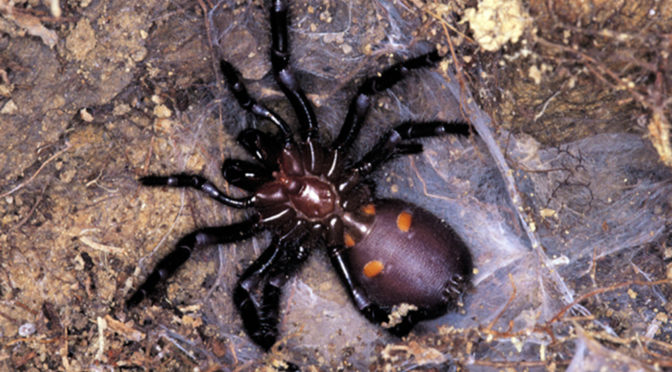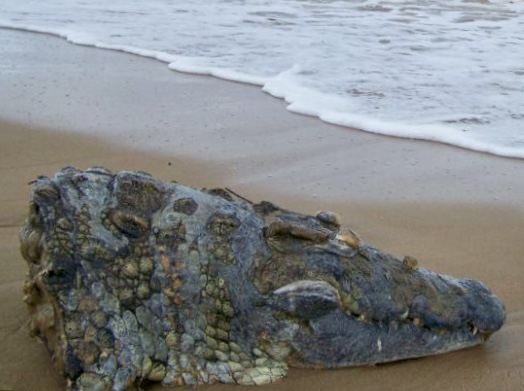Editor’s note: This is the latest post from Michael Scully, a journalism professor and friend of Chris Mele’s who will be sending dispatches from his newly adopted home country of Australia.
Michael will chronicle what it’s like adjusting to things there: the driving, the sites, the culture, and, in this case, the scary scary things that make up the country’s natural world.
BRISBANE, Australia — It’s a historic fact that when the Pilgrims arrived in North America, they found a stash of food items in cold storage facilities created by the Native Americans and helped themselves.
When the British arrived in Australia, they wandered off the beaches and were killed by all sorts of wild creatures.
Australia is a hard country!
Published recently in a digital publication called Australian “Business Insider” is a story with the headline “The World’s Most Dangerous Venomous Animals are all in Australia,” and the facts are chilling.
There are 40,000 species of spiders and most are venomous, including one they identify as the Sydney funnel-web spider, whose bite can kill a grown man in less than two hours.
And then there is this: A spider here in Queensland carrying a mouse up the face of a refrigerator. That’s right!
The spider is the predator, the mouse the prey. Imagine what New York City would be like if the cockroaches were really in charge!
And if that’s not enough, apparently 20 of the world’s 25 deadliest snakes are here too!
And because the biologists here didn’t have enough to do, they actually found a NEW species of venomous snake in the northern parts of Queensland.
What’s not clear is whether that makes 21 snake species who make bush walking a bit more dangerous than it might be used to.
Beyond all that, it’s unclear why a business website would be publishing this information but clearly it’s part of its editorial mission and my interest as a reader is rising.
Which leads me to a discussion about apex predators.
Absent our intellect, the human animal — given our size, weight, strength and dexterity — would not be the dominant species on the planet and occasionally, other living creatures remind us of that fact:
An alligator killed a woman in Florida recently and a hippo got a tourist in Kenya. These are fresh-water animals who have established themselves atop the food chain, as it were.
But even they’re not safe!
Here in Queensland, the remains of a 12-foot-long crocodile washed ashore after it encountered something that must be much more intense and scary.
Checking the attached photo, you will see the head of the reptile sitting on the beach and judging by the bite marks, things didn’t go very well for the fresh-water monster.
Now consider the following possible narrative: The crock was swimming in an estuary — which is a body of water where fresh water meets salt water — and this reptile must have come across another apex predator that was much larger and more aggressive.
To create the carnage in this photograph, the sea creature (probably a shark) must have attacked from behind, swallowing most of the crocodile before gnashing down in an action that severed the head from the body.
Of course, this is all just speculation… but—come on!
Something ate this crocodile and now it’s out there swimming off the coastline, waiting for its next meal.
Related:



